Busting myths of 3D printing in prosthetics and orthotics for clinicians
24th February 2023

24th February 2023

The Hero Arm is a lightweight, durable, full-system device that is and easy on both prosthetists and patients!
After 2 years of Hanger LIVE being virtual only, Open Bionics had the privilege to attend the first in-person Hanger LIVE conference since the pandemic. As a company, we went into the event hoping to break down barriers behind 3D printing in prosthetics, and show that the Hero Arm stands up to competitors with regard to function, customization for complex presentations, durability, and patient satisfaction. We used this show as an opportunity to uncover the common misconceptions surrounding 3D printing amongst upper-limb clinicians.
One of the most common stigmas behind 3D printing in prosthetics is that devices are “fragile” and patients will break them. This stigma only remains true for specific lower-end materials. Just like in the realm of traditional prosthetic fabrication, there are a multitude of materials that can be used. For example, you would never fabricate a definitive socket of any type out of Durrplex/PETG simply because the material would crack and shatter over time. In the case of 3D printed materials, fabricating the frame from a material like PLA would result in a similar outcome.
With the rise of 3D printing in manufacturing, and more specifically the field of prosthetics and orthotics, the entire process has been stigmatised by one specific material. Open Bionics has been working to break down that barrier and prove that just because an object is 3D printed, it is not necessarily fragile or any less durable. The inner frame, wrist and hand of the Hero Arm are printed using MJF (multi-jet fusion) and a material called “tough nylon 12”. This material is comparable to carbon fiber and the traditional lamination process with regard to durability. In fact, I’d say it even holds up better over time because you don’t have to worry about it de-laminating like you see with traditional prosthetics. I have patients who have been wearing their Hero Arms for two years, and some of my most satisfied patients use their Hero Arms for farming and manual labor.
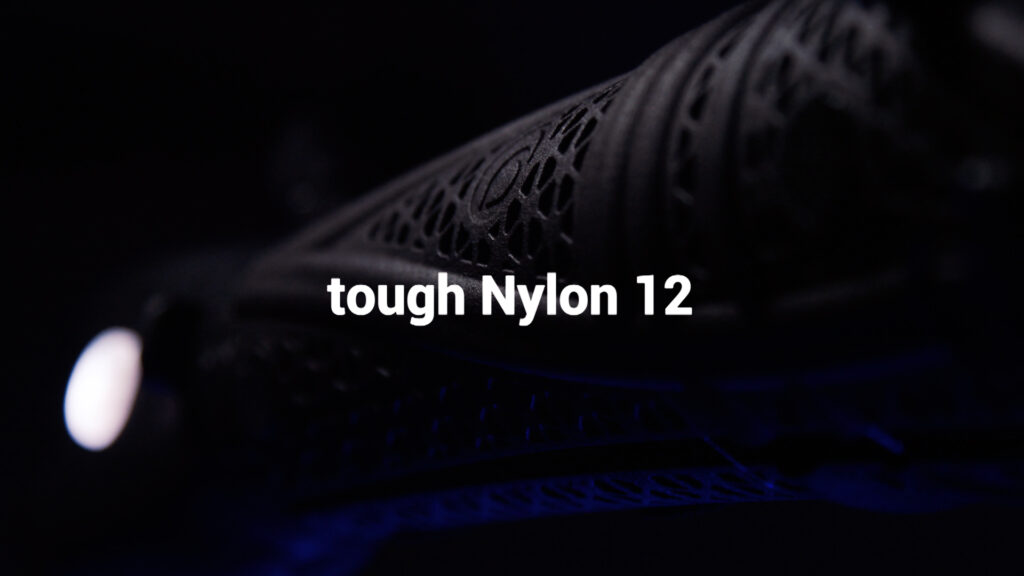
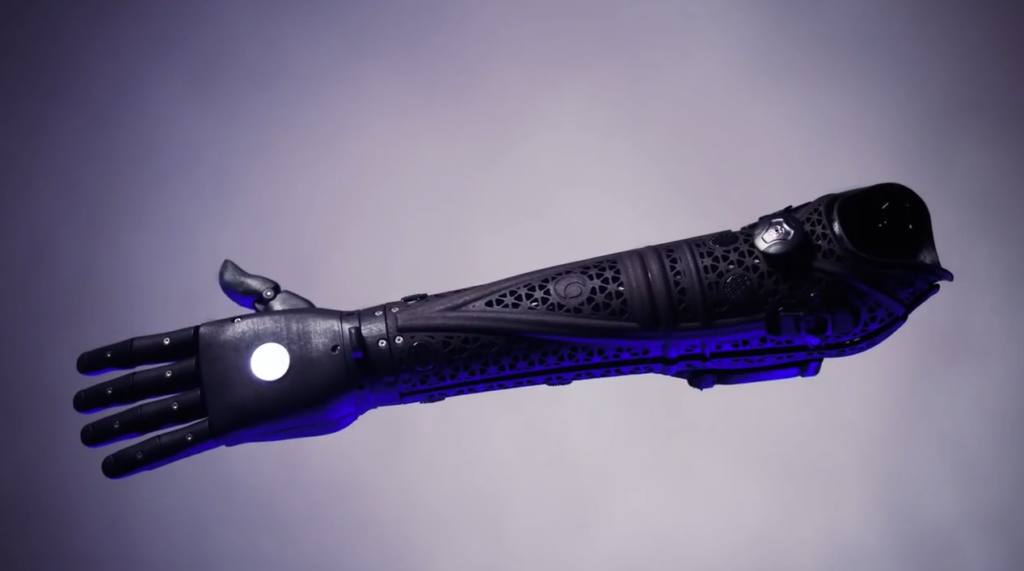
As the prosthetics field moves towards the realm of central fabrication centers, I believe that 3D printing will begin to become more prevalent. One of the most difficult aspects of upper limb prosthetics is not necessarily making a socket that fits, suspends, and is comfortable for the patient to wear, but knowing all the pieces and parts that go along with each specific device and configuration. Let’s just say there is no straightforward guide or package to order that contains all the components you need. The Hero Arm makes the fitting process super simple for the prosthetist. All the prosthetist needs to do is contact us to use our trial kit for the fitting and evaluation, fabricate a test socket and fit it to the patient, set the length and alignment, pour the test socket and mark the electrodes and alignment lines, and send the positive mould in for a scan. They then get the full device back. This saves the prosthetist a ton of time on the backend, as they do not need to sit down to research all of the necessary components and place multiple orders.
The final stigma to address is the idea that prosthetists cannot customize the sockets enough, and therefore the sockets aren’t exact enough to fit more complex patients. While we do not allow any cutouts within the socket, the prosthetist still dictates the trimlines and fits the check socket. Our scanning and bioformTM process creates exceptional accuracy from the scan. Those who fear the Hero Arm cannot be used for more complex presentations are, in general, prosthetists who have never tried fitting a Hero Arm on someone with a complex presentation. Below are several examples of limb presentations that have been successfully fit with Hero Arms. We encourage all prosthetists to reach out to us for clinical support if they ever have any questions regarding presentations.

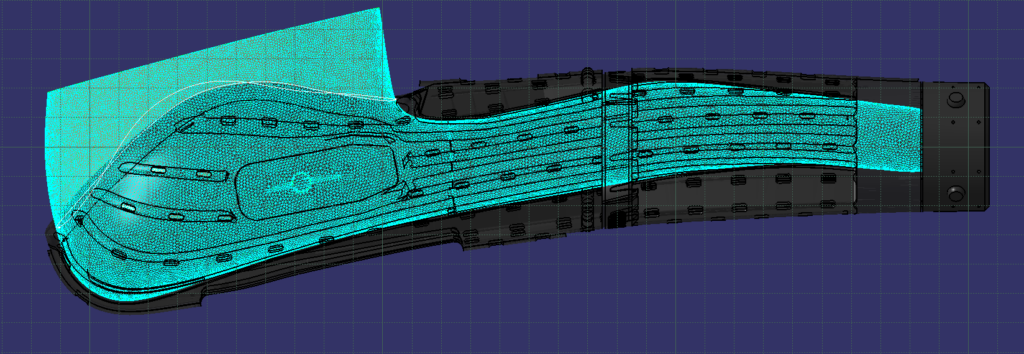
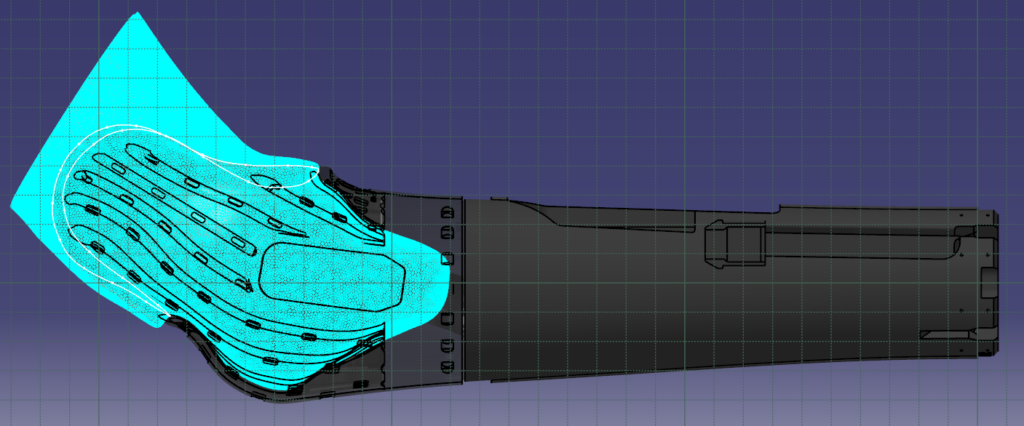

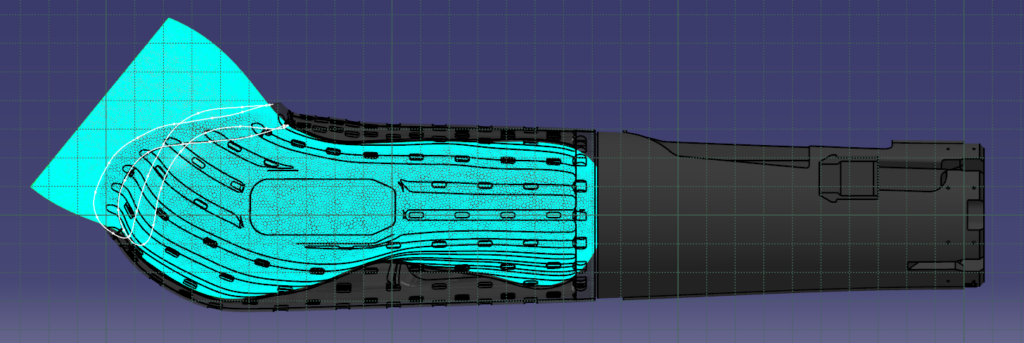
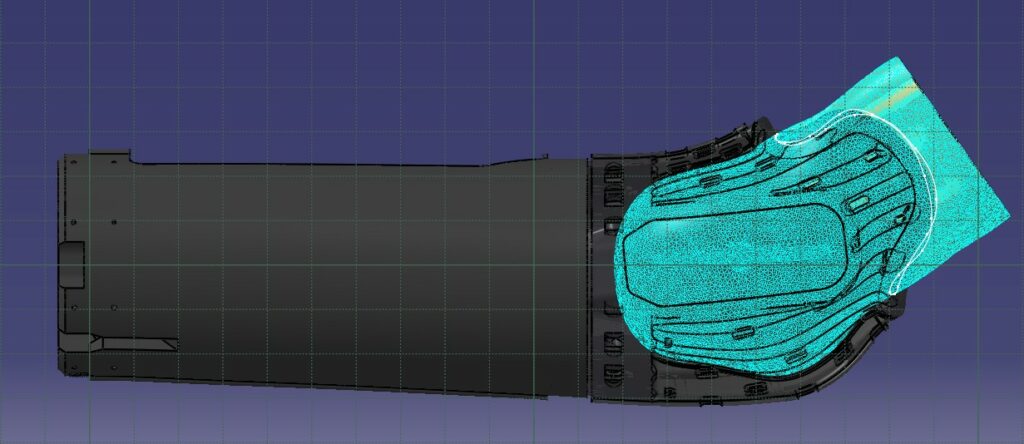


Overall, attending Hanger LIVE was an exceptional experience. We had the opportunity to participate in an upper-limb roundtable, where over 30 upper limb prosthetists were able to personally use our trial kits and connect them to our Sidekick app to experience the interactive patient EMG training firsthand.
It was great to be back in person at the conference and we look forward to attending the national Academy Annual Meeting in March!